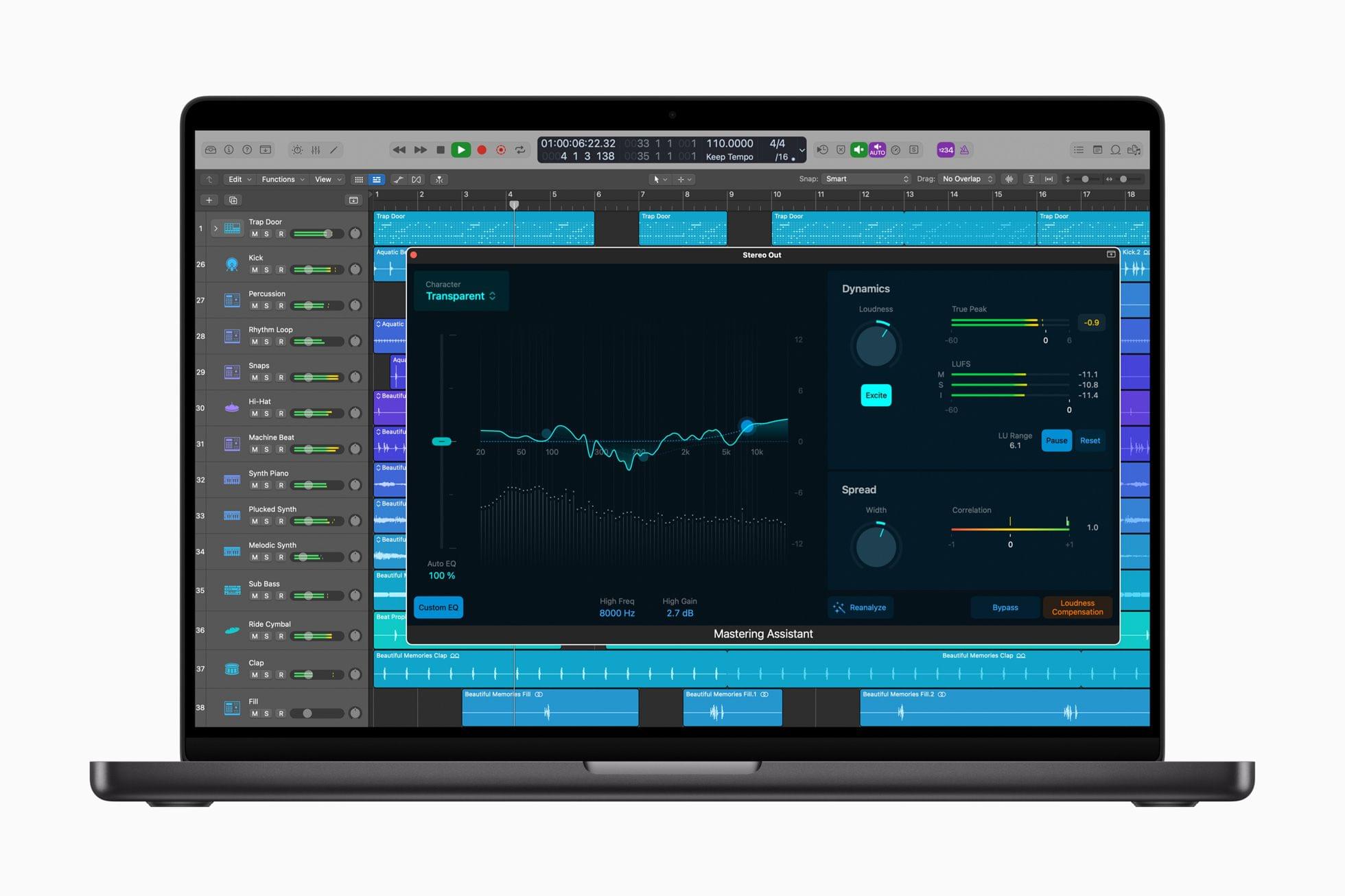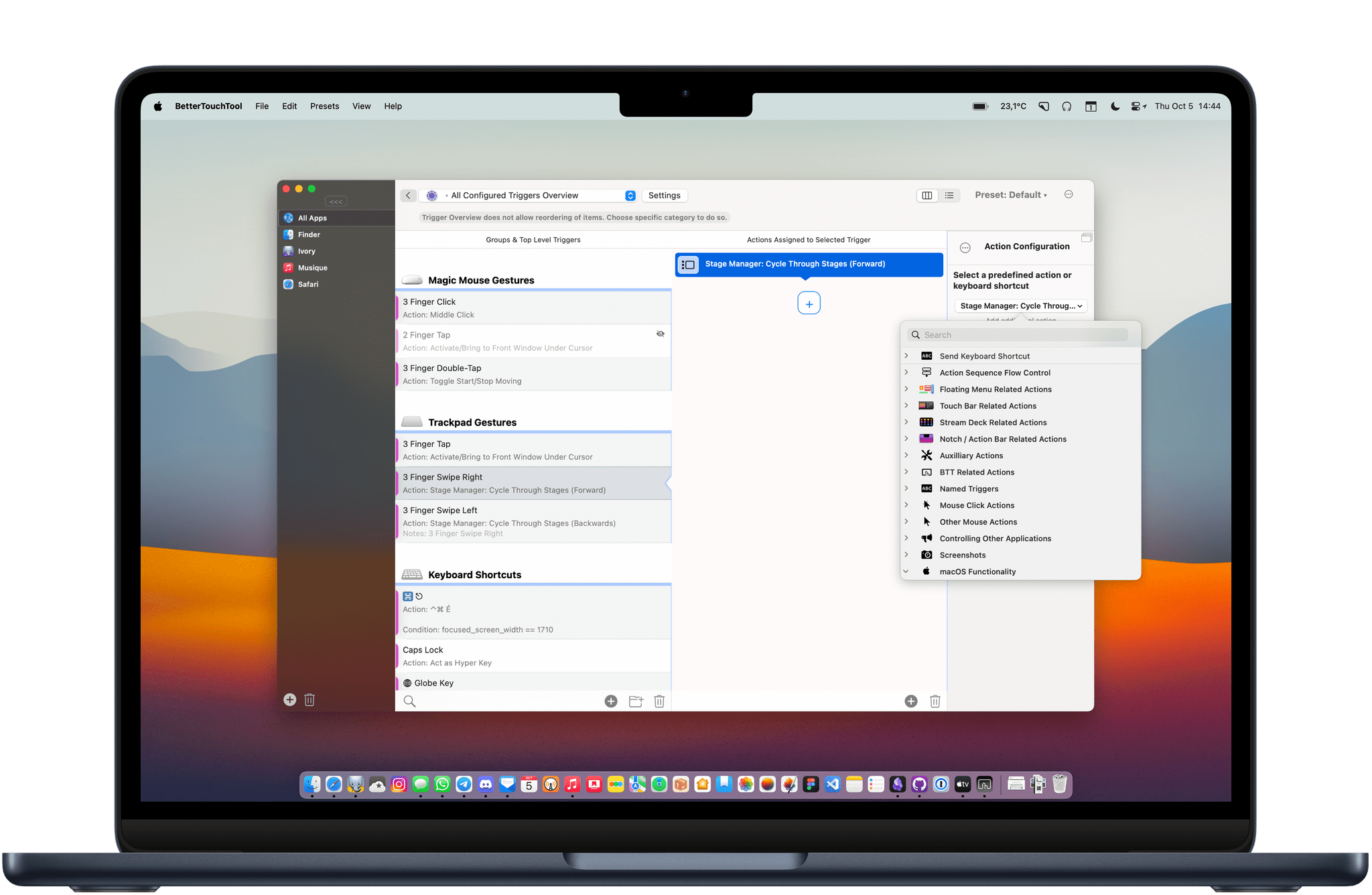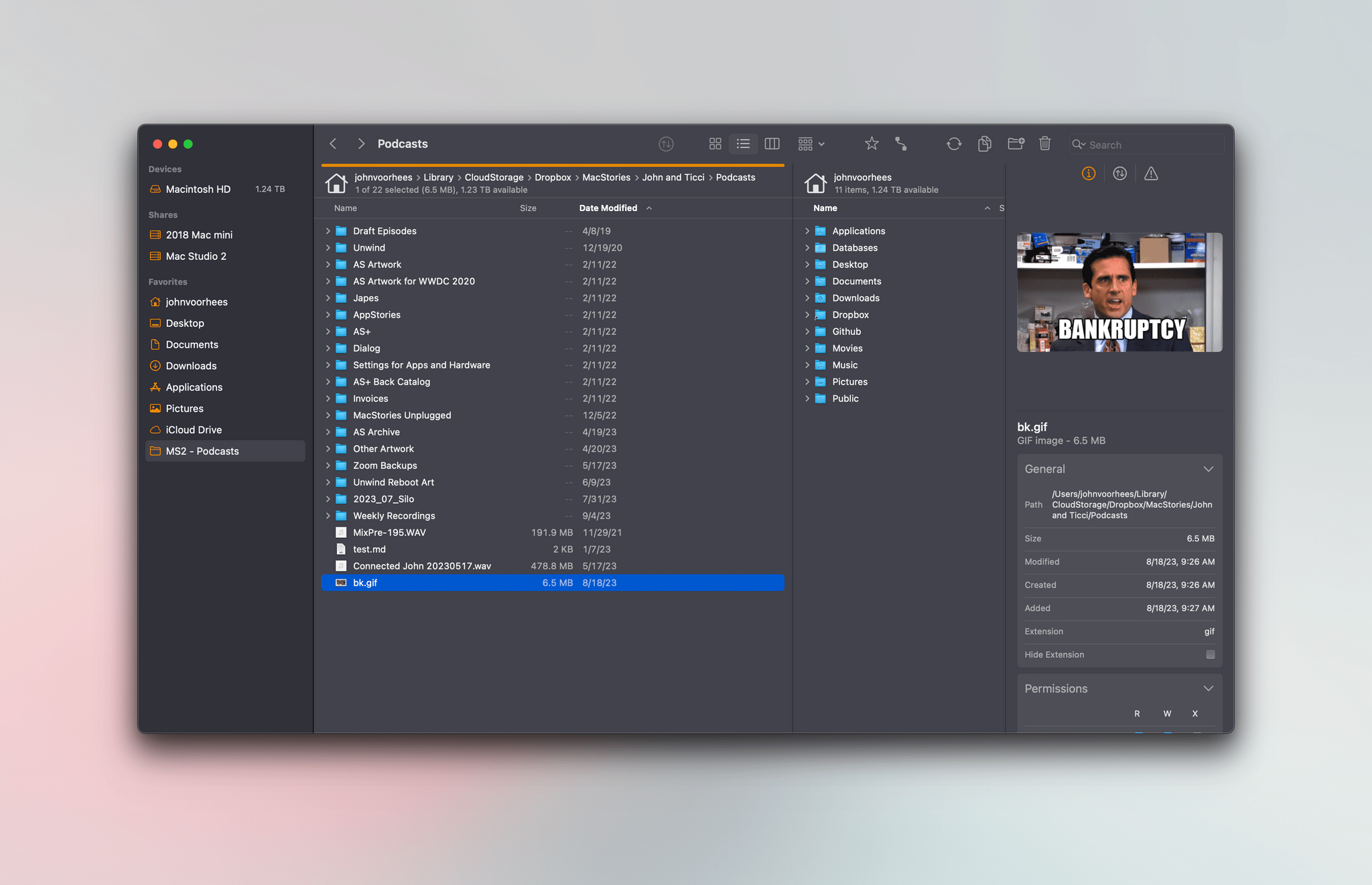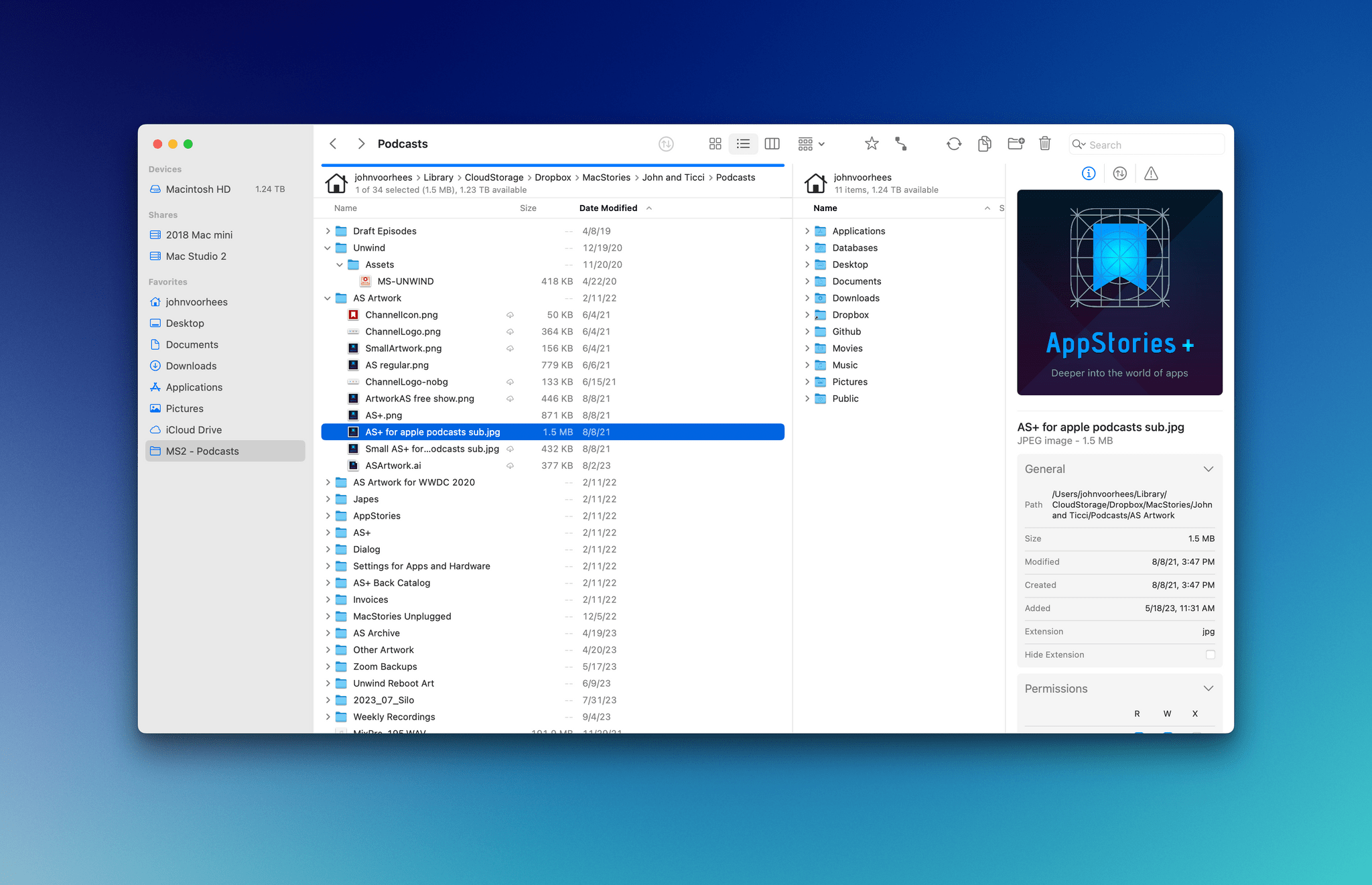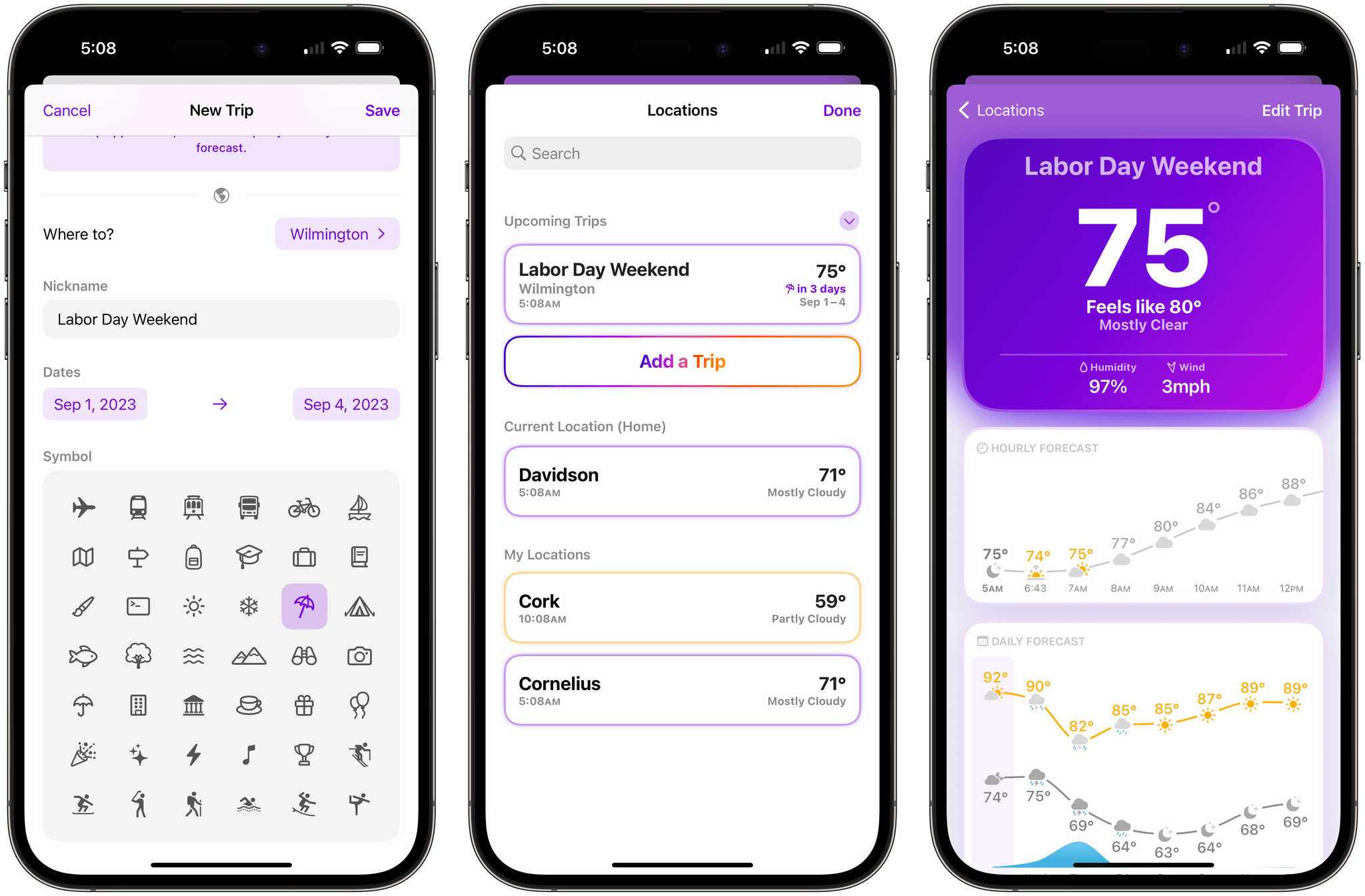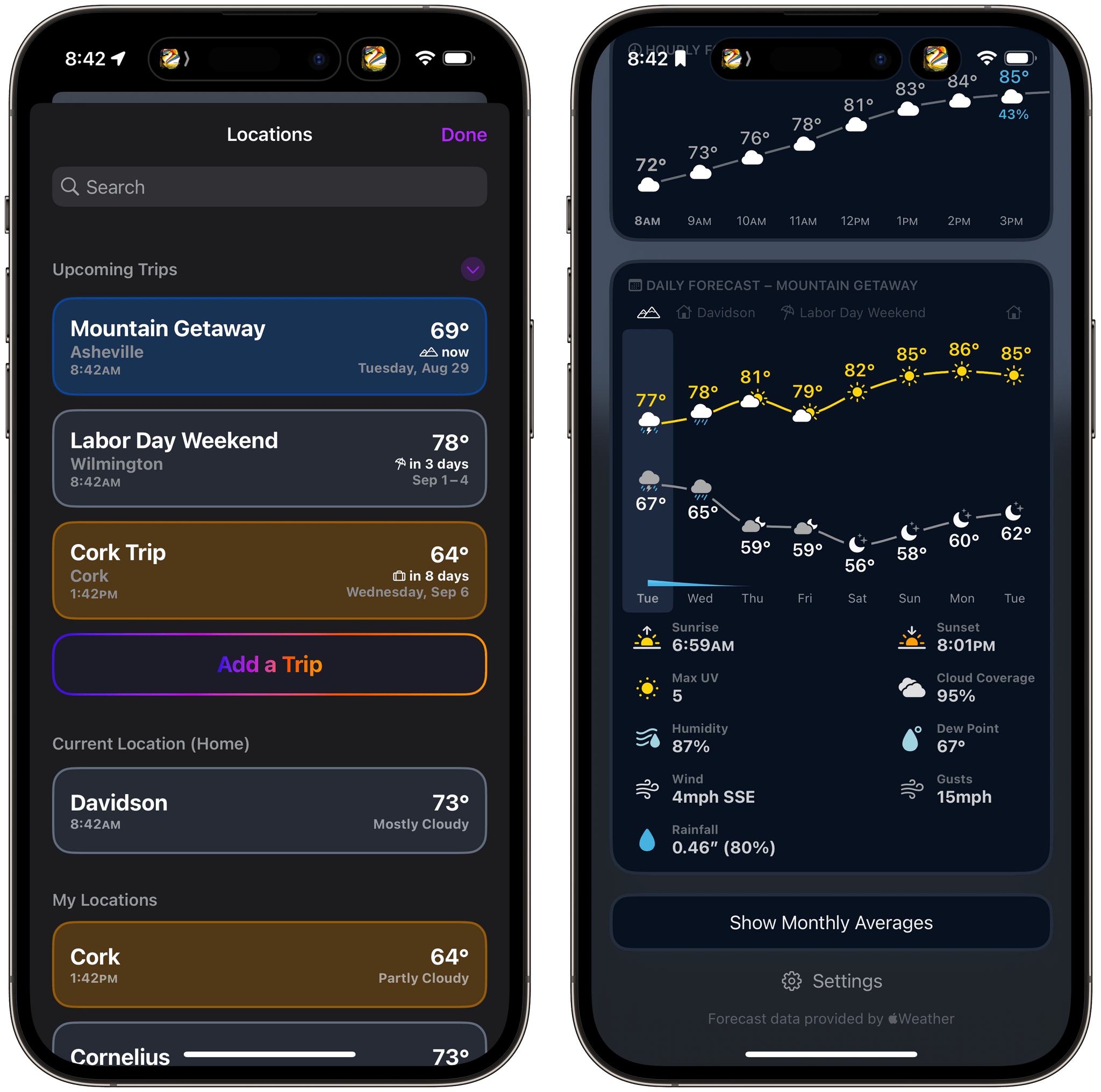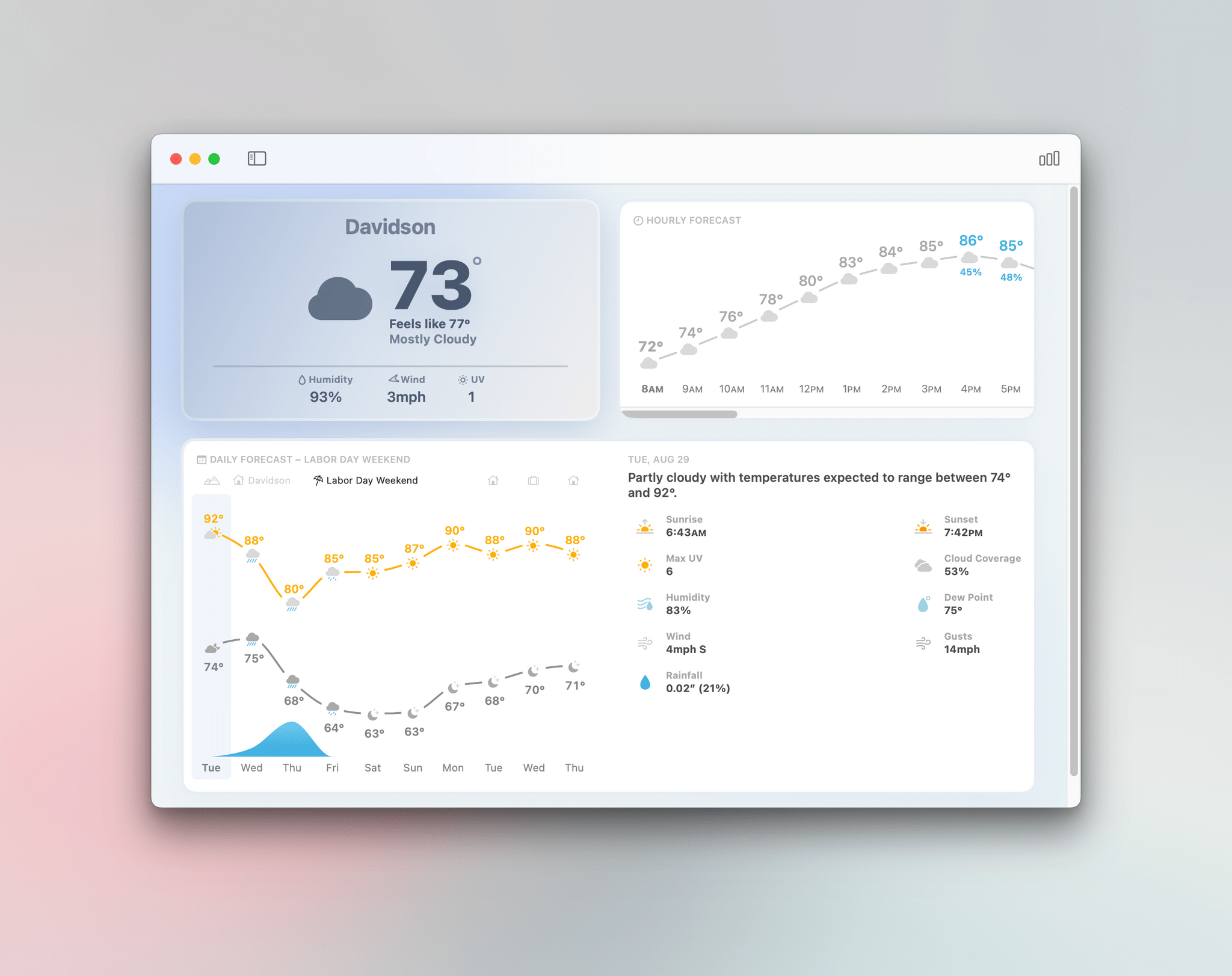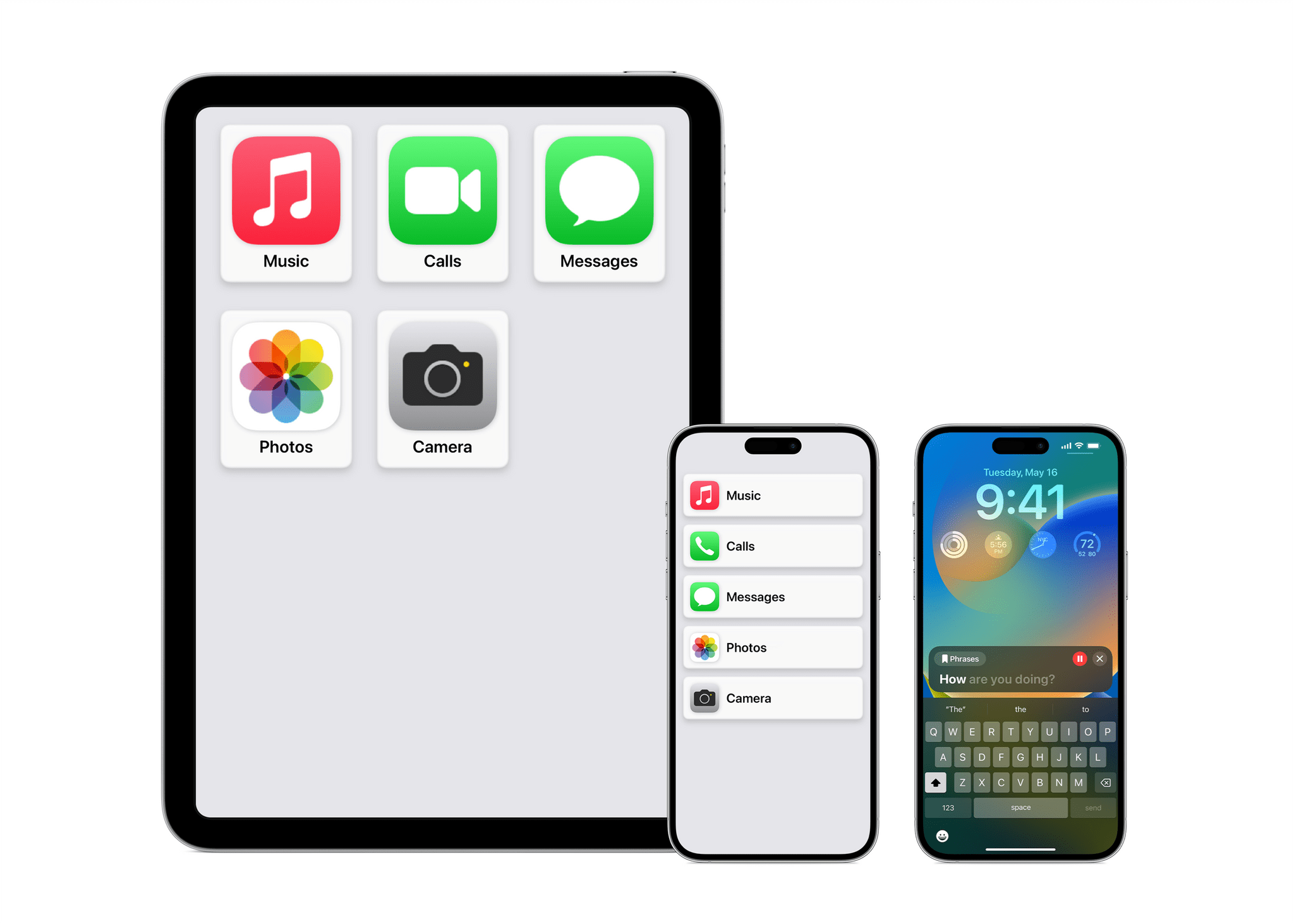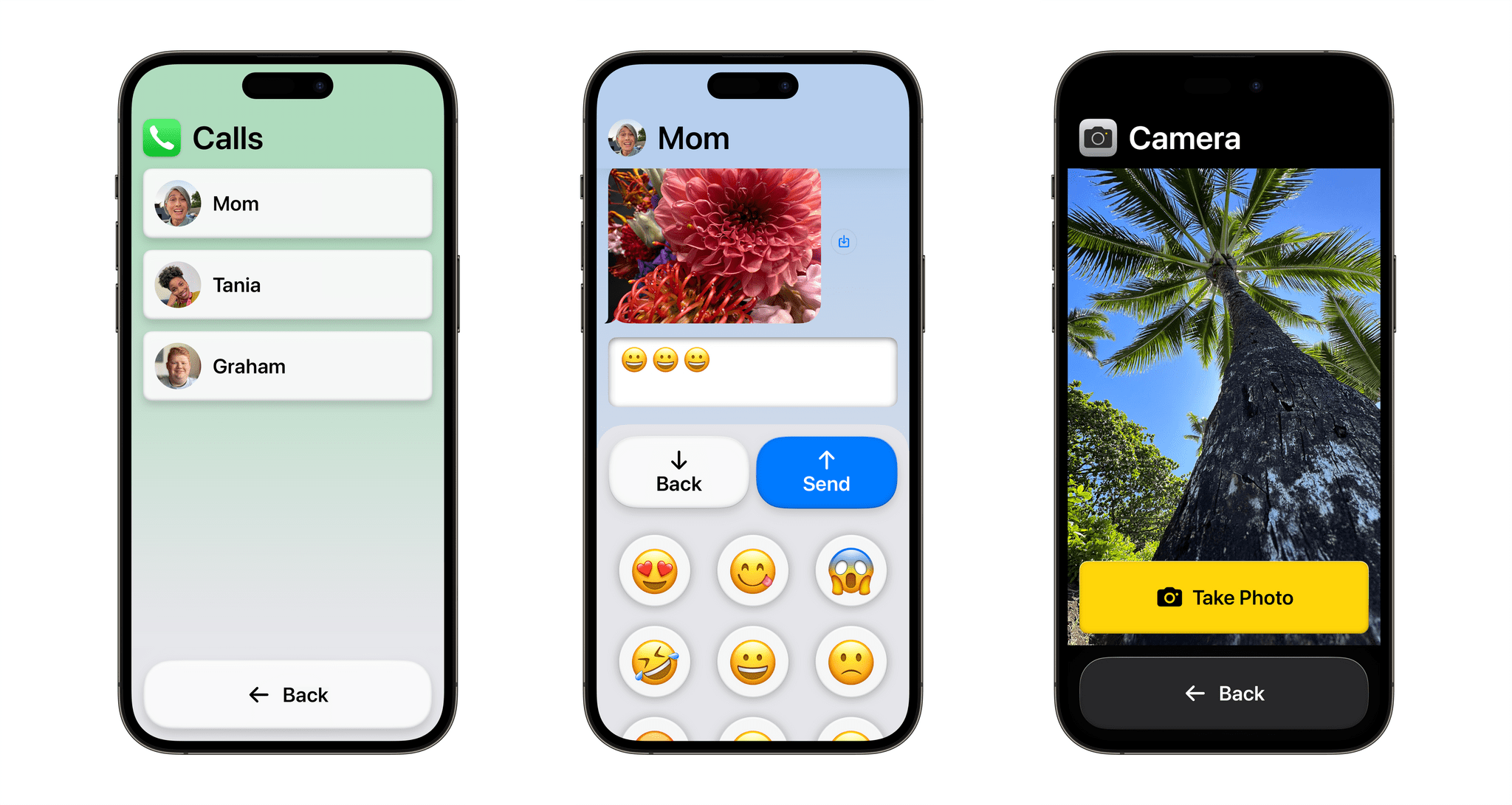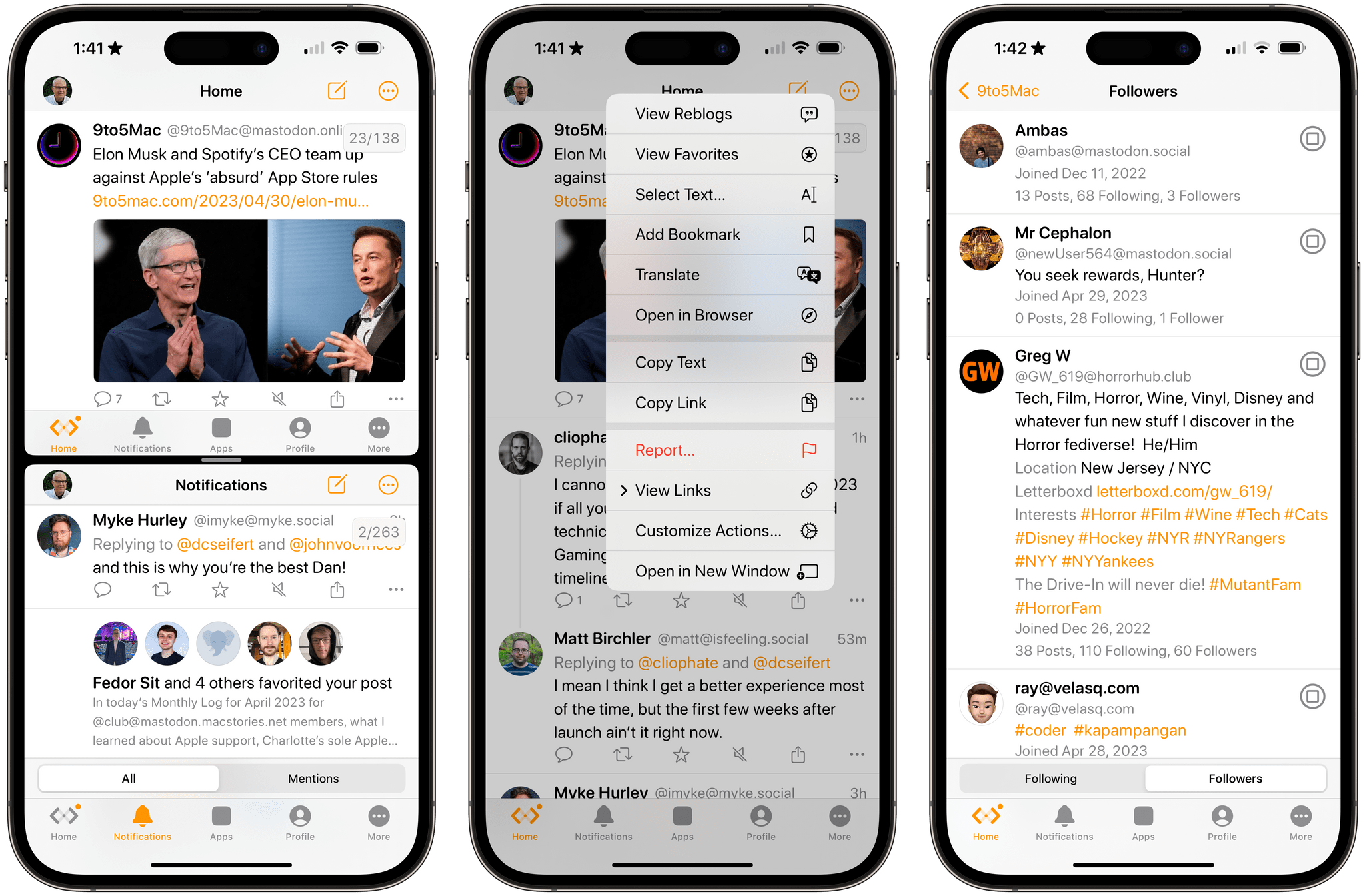Today, Apple announced updates to Logic Pro for the iPad and Mac. Both platforms gain support for 32-bit float recording and Mastering Assistant, which the company says “can instantly analyze the audio and make expert refinements to the sound, adjusting elements such as the dynamics, frequency balance, timbre, and loudness.” Mastering Assistant’s processing can be manually tweaked by musicians, too.
The update to Logic Pro for Mac adds Sample Alchemy and Beat Breaker, two tools that debuted on Logic Pro for iPad when it was introduced earlier this year. Apple also added new sound packs to Logic Pro for Mac:
The Hybrid Textures sound pack includes a collection of 70 patches, as well as over 80 Apple Loops featuring Sample Alchemy, while the Vox Melodics sound pack contains a diverse collection of over 475 lyrical phrases, hooks, layered harmonies, FX, and one-shots.
On the iPad, Logic Pro now supports Split View and Stage Manager, allowing musicians to work in multiple apps at once and take advantage of drag and drop between them. The app also has a new Recorder mode for recording sounds with the iPad’s microphone and a Quick Sampler plugin to create instruments from sounds. Samples can be previewed with gestures in Logic Pro’s Browser, and new in-app Lessons are available to help users learn the app’s new features and more.
It’s great to see Apple continue to expand Logic Pro’s capabilities and bring the Mac and iPad’s feature set closer together. More than anything, though, I’d like to see iPadOS-level audio routing added to enable the iPad to handle multiple audio inputs and outputs so I could participate in a Zoom call and simultaneously record a separate microphone input.


